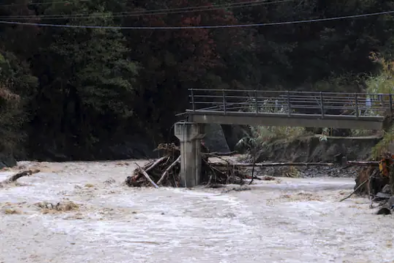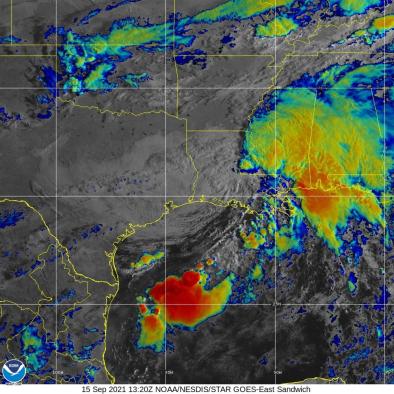Science Source
How closely do changes in surface and column water vapor follow Clausius–Clapeyron scaling in climate change simulations?
- Analyzes the factors governing the rate of change in the amount of atmospheric water vapor in simulations of climate change
- Estimates the global-mean amount of water vapor to increase at a differential rate of 7.3% K − 1 with respect to global-mean surface air temperature in the multi-model mean
- Finds larger rates of change result if the fractional change is evaluated over a finite change in temperature (e.g., 8.2% K − 1 for a 3 K warming), and rates of change of zonal-mean column water vapor range from 6 to 12% K − 1 depending on latitude
- Finds there are deviations from Clausius–Clapeyron scaling of zonal-mean column water vapor in the tropics and mid-latitudes, but they largely cancel in the global mean
- Finds surface specific humidity increases at a rate of 5.7% K − 1, considerably lower than the rate for global-mean water vapor
- Finds surface specific humidity closely follows Clausius–Clapeyron scaling over ocean, but there are widespread decreases in surface relative humidity over land (by more than 1% K − 1 in many regions), and it is argued that decreases of this magnitude could result from the land/ocean contrast in surface warming
Related Content
Headline

Dec 17, 2021 | Climate Nexus Hot News
'Obviously Extraordinary, Unprecedented' Storm Rips Across Central US
Headline

Nov 19, 2021 | Climate Nexus Hot News
Thousands Stranded By British Columbia Floods
Headline

Oct 13, 2021 | Washington Post
Deluge in Italy sets European record: 29 inches in 12 hours
Headline

Sep 15, 2021 | Climate Nexus Hot News
Nicholas Pours Drenching Rain On Already Battered Gulf Coast


